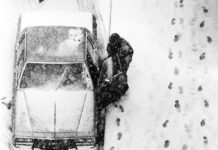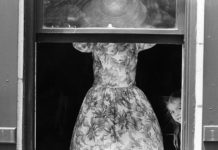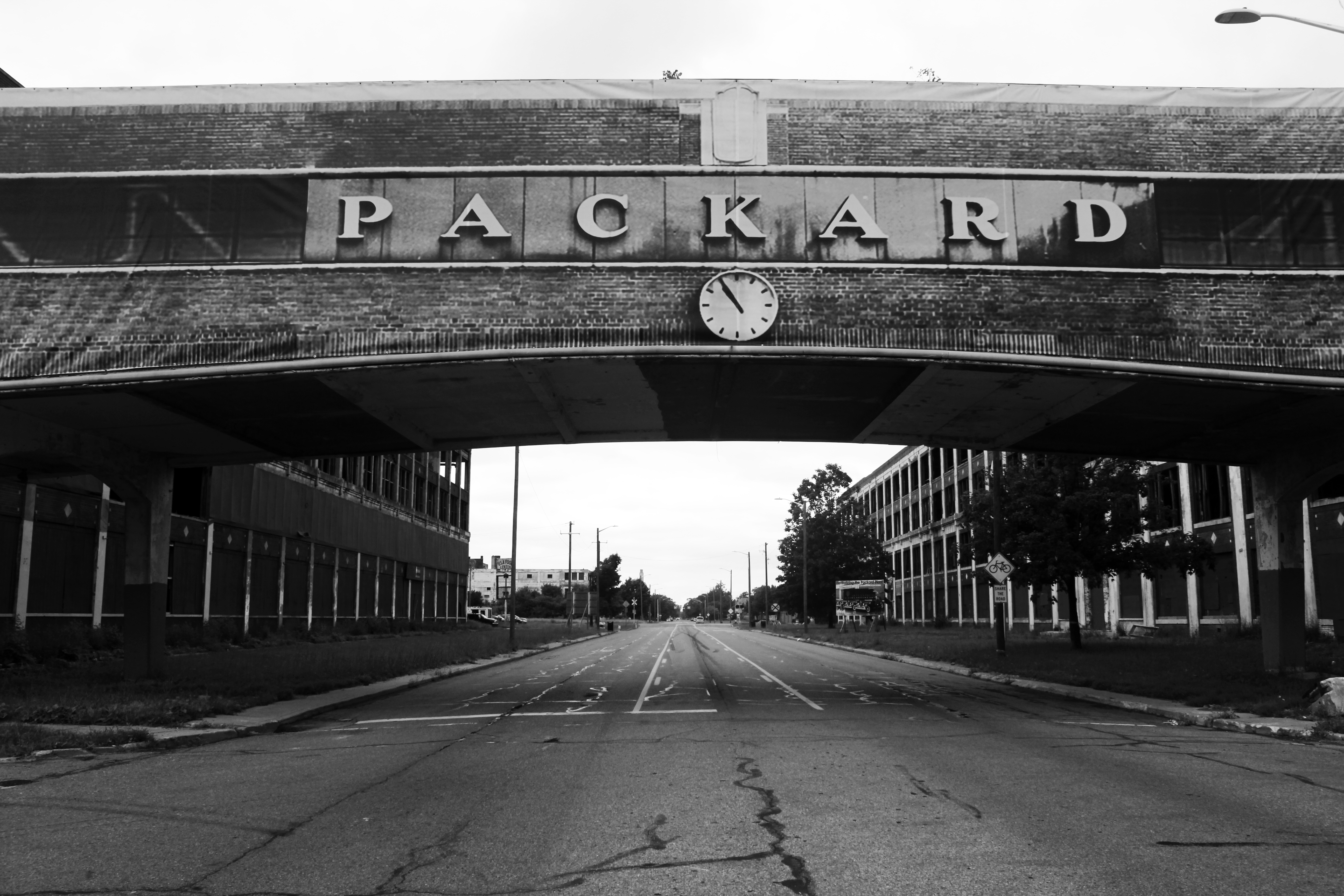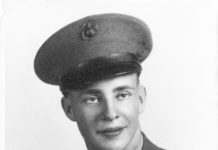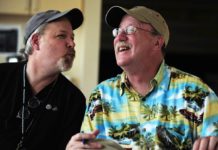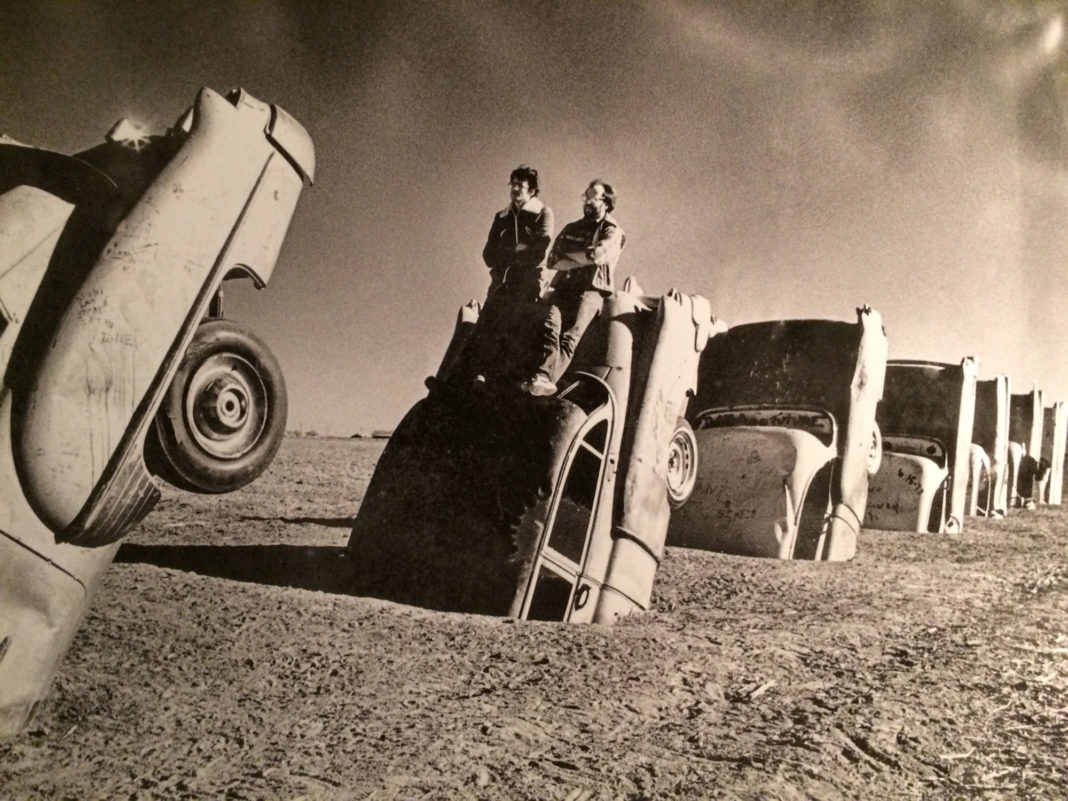©Scott Sines
That is my old friend John Burnett and I during a trip to Amarillo a long time ago. He was in town last night with his wonderful lady to celebrate his 63rd birthday with me and my wonderful lady. We’ve known each other for 40 years. We met for dinner at 7pm and 15 minutes later it was 10pm. He gave me this print and the memories came rushing back and they still are today.
We talked a lot about our early years in journalism when we worked at the San Antonio Express-News and made our living by making mistakes. In many ways John and I deserved that newspaper and they deserved us. We were impossibly naive and unprepared for the stories we wanted to tell and the newspaper had all the subtlety of a beer fart. When we covered a meaningless meeting of the communist party in the border town of Cuidad Acuna the newspaper used a big picture of the party headquarters with a headline that proclaimed “Communists on our borders!”
For a story on the Pantex Plant, the only final assembly plant in the country for nuclear weapons, we traveled to Amarillo. It didn’t go real well and we returned to San Antonio with a half-baked story and a bunch of bad pictures the headlines screamed “The Bombs of Amarillo.” The most interesting part of that trip was tracking down Stanley Marsh the zany oil tycoon who built the Cadillac Ranch pictured here. His company offices were in the tallest building in town and on the top floor he had an indoor croquet court that was 10 times life size. You could walk under the rickets and you needed a ladder to get into the spectators chairs. He claimed to have a similar larger than life pool table somewhere out on the North Texas plains. The day we interviewed him he had on a pair of dark green corduroy pants with bright red turkeys on them.
One day we noticed a letter to the editor from a fellow named Jack Elder (he’s still around, Google him). In it he described in vivid detail the slaughter of a Guatemalan baby right in front of the baby’s mother. We investigated and learned enough to think it was true. John wrote a masterpiece proposal and after a lot of vigorous eyebrow-raising the editors approved our trip to try and find and report on refugee camps in Southern Mexico along the Usumacinta River.
We went to the American Embassy in Mexico City to let them know our travel plans in case we came up missing. We were told it was unsafe for Americans and that we couldn’t depend on them for help if something went wrong. Our naiveté was slowly slipping away and we began to realize that telling these kinds of stories, which is what we wanted to do, meant playing for keeps. The story of how we found the camps and the work we did on that story is way too long for a Facebook post but we did pretty well.
Still, last night he told me that was the beginning of the end for his time at the newspaper. He didn’t feel like he was improving either in his writing or reporting so he joined UPI in Guatemala City. We hooked up for one more story on the Elam Stoltzfus family. They were evangelical missionaries living on a river in the jungle in Northwestern Guatemala. Their stated mission was “How to Love the Lord and Live Like Americans.”
Elam claimed to see Angels on the riverbank and his wife complained of boils. Last night neither one of us could remember if we ever sold that story or not.
It doesn’t matter and I guess it never did. John went on to cover two wars, the drug cartels along the border, so many stories and his list of awards is as long as his legs. I’m not sure any of that matters either.
John is in journalism because he wants to tell stories, he has to tell stories. He told me last night that he is nothing but a collection of his stories. He was joking but I know what he meant. I also know when you work so closely with a person like that and you get yourselves in to, and out of, some really tight spots for the sake of telling the story, you share a bond that not many people do.




